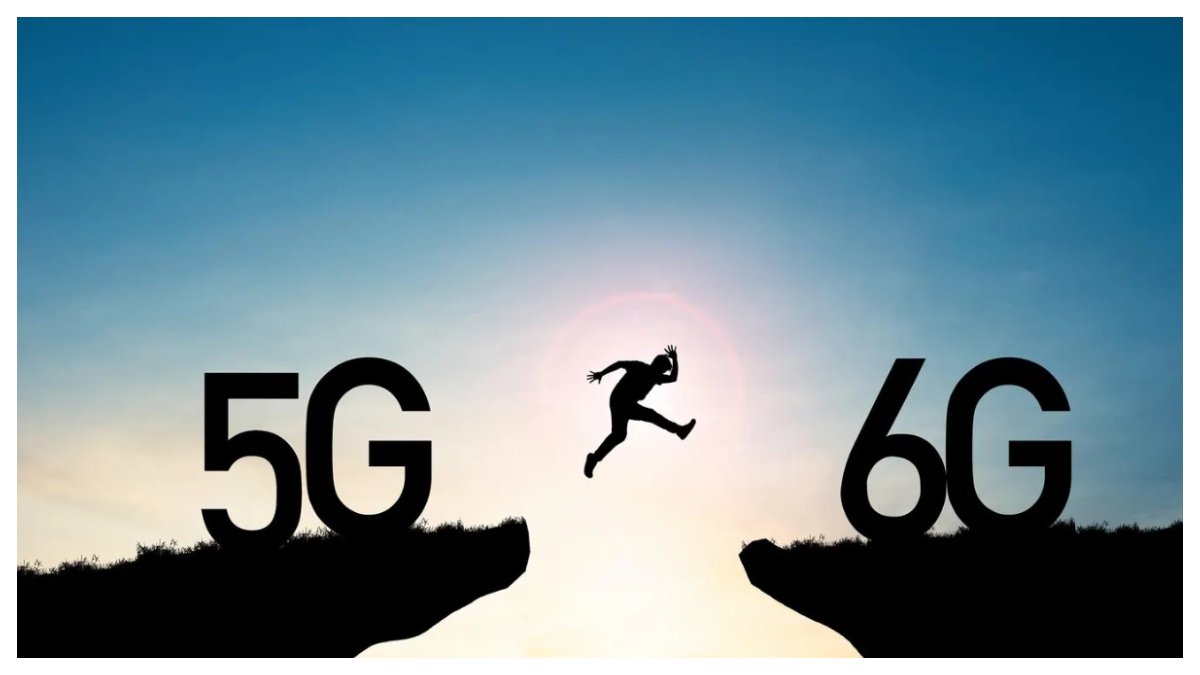6g will wreak havoc, Lets know how? The impending launch of 6G networks raises questions regarding their sustainability and potential adverse effects. Stakeholders emphasize the necessity for 6G networks to be entirely sustainable, encompassing improved network efficiency, as well as societal, economic, and environmental benefits such as macroeconomic growth, reduced digital disparities, and enhancements in crucial sectors like education and healthcare. It is essential that 6G technology contributes positively to each sector while promoting harmony between living and non-living entities. Sustainability, in this context, entails ensuring that present consumption does not compromise future well-being.
It is anticipated that the development of 6G networks should prioritize minimizing all potential negative impacts to zero. This goal entails reducing the direct lifecycle impact of building and operating networks across environmental, social, and economic sustainability dimensions. The development of 6G technology should not only meet market demand but also uphold the collective responsibility to address both the positive and negative consequences associated with its implementation.
While 6G technology is engineered to minimize latency, enhance capacity, and increase the adaptability of wireless services, consequently streamlining daily activities and resolving numerous complexities, the global transition towards a wireless-centric ecosystem may pose risks to airborne species due to its radio frequency nature.
The developers of 6G technology pledge to enhance the performance of various business applications and experiences, encompassing mobility features such as autonomous vehicles, the Internet of Things (IoT), remote healthcare services, precise digitized logistics, and seamless mobile connectivity. With 6G, users can maintain continuous connectivity while transitioning between outdoor wireless connections and indoor or outdoor wireless networks without requiring re-authentication.
It’s important to note that while 6G connectivity will initially be available in specific locations post-launch rather than globally, the investment required to establish 6G networks is expected to be higher compared to previous network generations. Additionally, the emergence of 6G devices poses a potential cybersecurity threat as they may not be subject to regular monitoring.
6G technology is poised to achieve remarkable advancements, with projected speeds approximately 100 times faster than 5G and significantly increased bandwidth to ensure heightened connectivity for consumers. However, it is important to acknowledge that this network also presents various uncertainties and potential instabilities.















